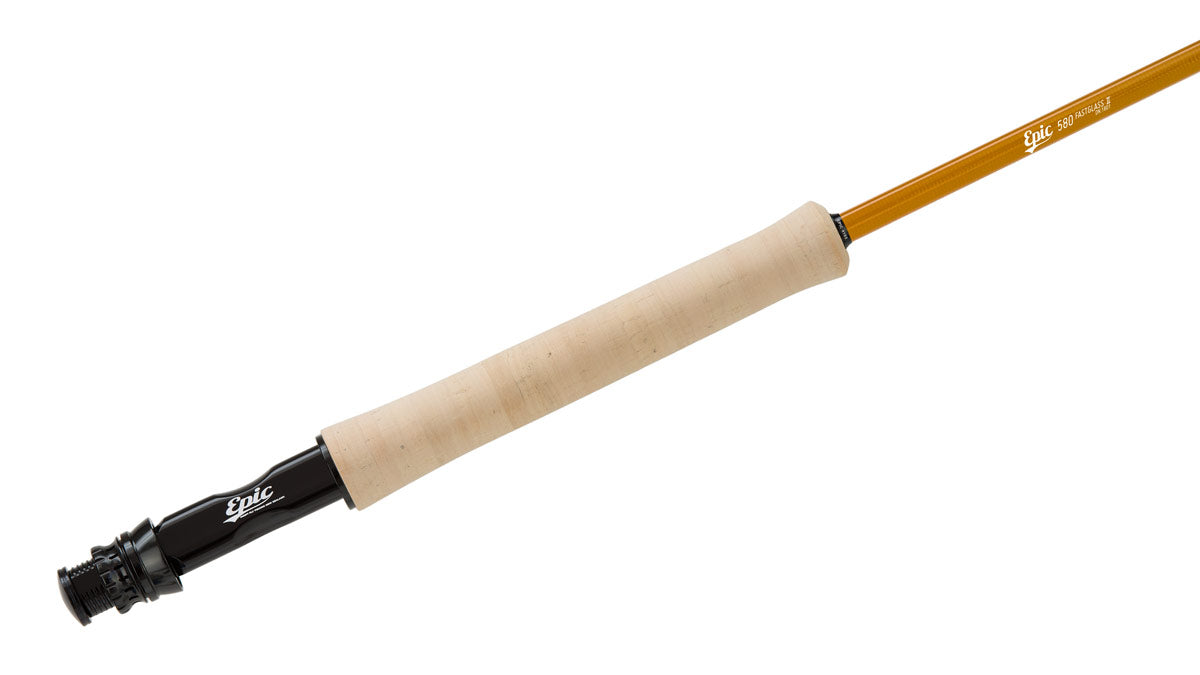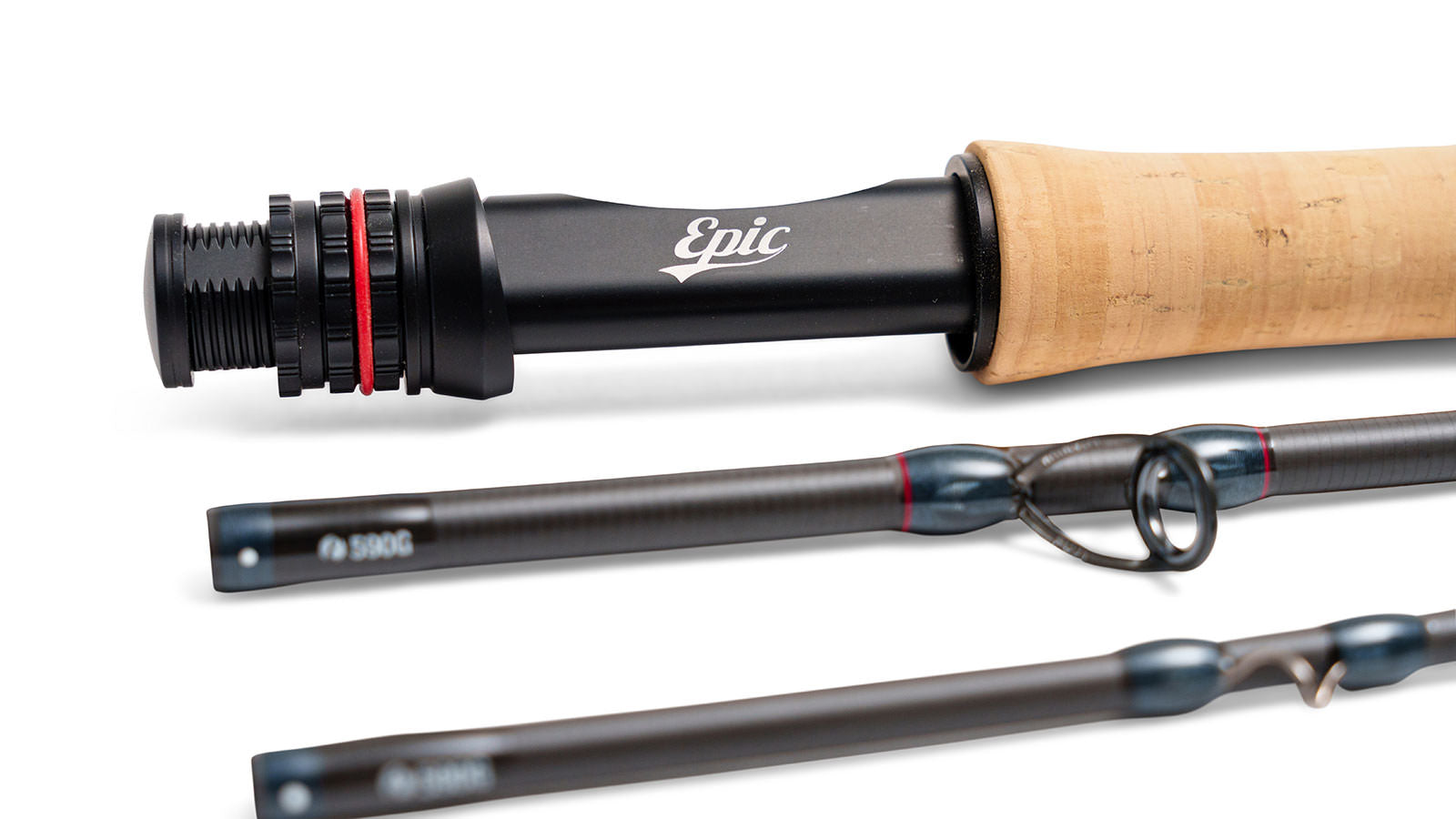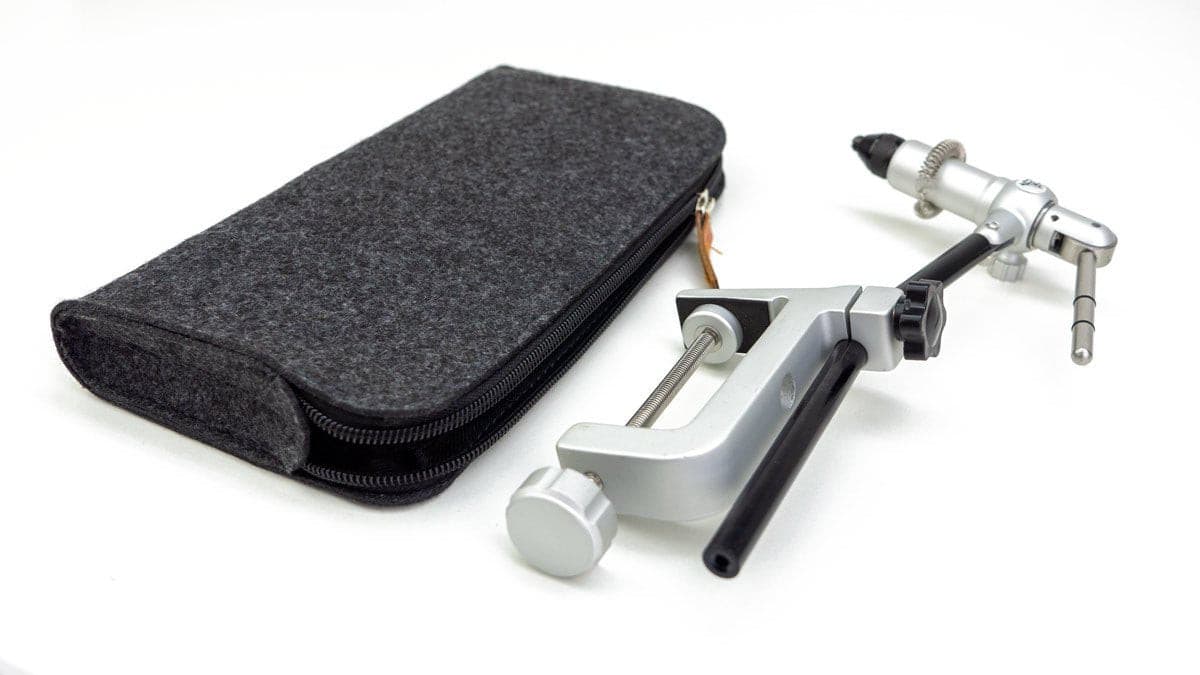Spining a Fly Rod - To Spine or not to Spine
- Fly rod blanks tend to naturally want to bed more in one direction than the other. This is caused by an effect called the “Spine” and often there is more than one on a blank. The spine is a result of the manufacturing process and is the location of the join or overlap of a graphite or glass flag as it is rolled around the mandrel.
- Basically it is a slightly thicker section in the tube wall. This thick section is slightly stiffer than the rest of the tube and presents a greater resistance to bending. (Blanks that use helical wound construction tend not to exhibit a pronounced spine)
- You can find the spine in your blank by holding the blank at a 45 degree angle with one hand near the tip and then by pressing down and rotating at the same time with your other hand. The resistance you feel are the high points or spine.
- You’ll likely feel the blank Jump or pop over and want to sit a certain way. You may feel a couple of potential spines, but somewhere in there you’ll feel the most pronounced pop ,or reaction to your bending. When you get to this spot - you’ve spined your blank.
- The inside of the curve (where the blank has come to rest under your fingers) is the softer side of the blank. The outside of the curve is actually where the spine is - the stiffer side.

Now that you found the spine you have at least 4 choices what to do with it.
- Place the guides on the inside of the curve - the weaker side. The natural curve. The thinking here is that placing your guides on the inside curve may result in the rod being (moderately) stiffer on the forward cast and the rod will sit more naturally when fighting fish. (it's actually going to bend in any direction it's pulled)
- Place the guides on the outside of the curve - the (marginally) stiffer side. By placing the guides on the outside of the curve you may get (marginally) better lifting power, as you will be pulling against the spine or natural curve of the blank.
- Place the guides out at 90 degrees to the spine. I’e off to the side at right angles to the spine. Don Green, the great rod designer for Fenwick and Sage advocated this method. His reasoning was that the rod should track straight on both backcast as well as forward cast in order to be most accurate.
Putting the spine on the top or bottom of the rod means that the rod will tend to kick slightly out of line on either the back or forward cast. By placing the spine out at 90 degrees the spine will apply the same effect whether on the back or forward cast. - Ignore the spine altogether and align the rod sections to give the straightest most aesthetically pleasing result. (our preference) This is what most commercial rod manufacturers do.
The Truth?
The subject of spining rods has caused & continues to cause huge debate. The truth is that under the tension of the cast the rod will always bend according to the tension of the fly line against the guides and tiptop, the effect of the spine on a fully loaded rod is negligible. - So truly, it matters little (all respect to the great Don Green)
Do what you feel is best for your build, it's your fly rod - follow your bliss.

































